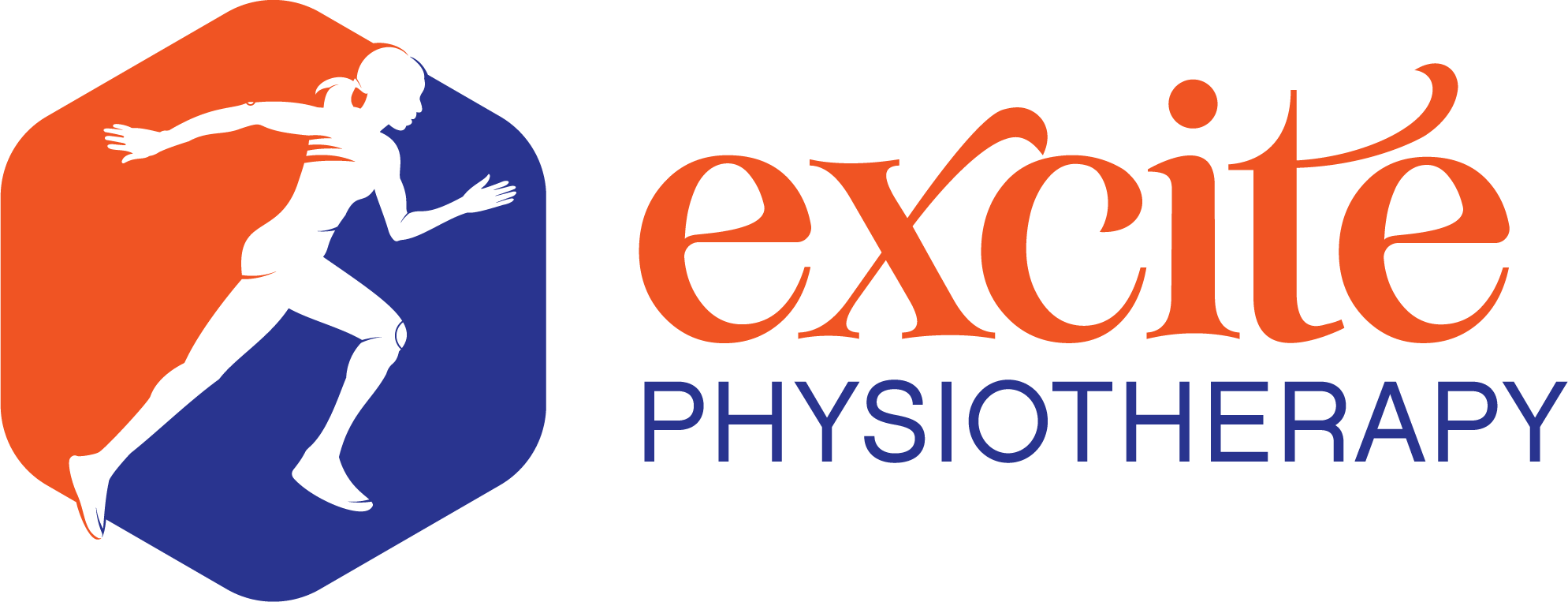Will Therapeutic Ultrasound Help Rotator Cuff Injuries?
Introduction
Rotator cuff injuries often impact the shoulder and significantly affect your quality of life. They can make simple tasks like reaching, throwing, or washing your hair challenging. Physiotherapy commonly utilizes therapeutic ultrasound as a treatment modality, with treatment durations ranging from a few seconds to 5 minutes. In this blog post, we will explore the potential benefits and important considerations of therapeutic ultrasound for rotator cuff injuries.
Understanding Rotator Cuff Injuries
The rotator cuff comprises four muscles and their tendons: Supraspinatus, Infraspinatus, Teres minor, and Subscapularis. These muscles play a vital role in stabilizing the shoulder by maintaining its alignment within the socket during movement.
Rotator cuff injuries typically result from falls, repetitive overhead motions, or gradual wear and tear over time. One common symptom is pain in the deltoid area of the shoulder, which can occur during rest, lying down, sleeping, or any movement. Finding the most effective treatments becomes crucial for a prompt recovery from rotator cuff tendinitis or tear.
What Is Therapeutic Ultrasound?
Ultrasound serves not only as an imaging tool but also as a method for tissue repair. Since the 19th century, diagnostic ultrasound has been used to detect fetuses and soft tissue structures. Ultrasound’s sound waves penetrate deep into the tissue and increase blood flow, making it useful for treating damaged tendons, ligaments, or fascia. Therapeutic ultrasound offers adjustable parameters to suit specific injuries. The frequency determines the depth of tissue penetration: 1MHz reaches deeper, while 3MHz generates more heat. Intensity, duty cycle, and treatment duration can be customized to enhance injury treatment.
Therapeutic Ultrasound for Rotator Cuff Injuries
Therapeutic ultrasound has been used for decades and patients have reported positive experiences with it. However, outdated equipment and new research suggest that ultrasound is less practical than newer techniques. Interestingly, recent studies have shown placebo effects of ultrasound, where some participants received real treatment while others received fake ultrasound. Surprisingly, there were no differences in the recovery of patients in either group. Ultrasound has not shown significant technological advancements, and new research demonstrates that dry needling, exercise, and manual therapy can yield quicker results. Our Physiotherapists have the knowledge and ability to treat rotator cuff injuries without relying on placebo modalities. Exercise can strengthen the rotator cuff through functional movement. When combined with dry needling and manual therapy, patients have reported decreased pain and improved well-being.
Conclusion: Will Therapeutic Ultrasound Help Rotator Cuff Injuries?
Therapeutic ultrasound improves blood flow and reaches deep into tissues. Its ability to heal injuries or repair rotator cuff tears has not been substantiated, however. In the realm of physiotherapy, this approach is no longer regarded as pertinent. More advanced and scientifically validated methods have emerged for treating shoulder injuries. Physiotherapists now employ a comprehensive assessment to identify the nature of the injury. They conclude that techniques such as dry needling, prescribed exercise, and manual therapy offer superior treatment options for the majority of patients. Discuss a tailored treatment plan, and schedule an appointment with one of our experienced physiotherapists today.
Injured Rotator Cuff? Excite Physiotherapy Can Help!
If you live in or around Barrie, ON, and are suffering from shoulder pain or a torn rotator cuff, then reach out to Excite Physiotherapy. Excite Physio is a boutique physiotherapy clinic in Barrie. We have a team of highly skilled physiotherapists and massage therapists that are ready to identify and treat the cause of your pain, and get you back to a pain free life.
Contact our office today to learn more, or book a session online here.
Author: Gracyn Emmerton, PTA Candidate
Sources:
Physical Agents in Rehabilitation, An Evidence-Based Approach to Practice, Fifth Edition, Michelle H. Cameron, MD, PT, MCR
Does Ultrasound Therapy Really Work?, VeryWellHealth, Brett Sears, PT, https://www.verywellhealth.com/does-ultrasound-really-work-2696629#citation-3

Rotator Cuff tears, Rotator Cuff Tendinitis

Recent Comments